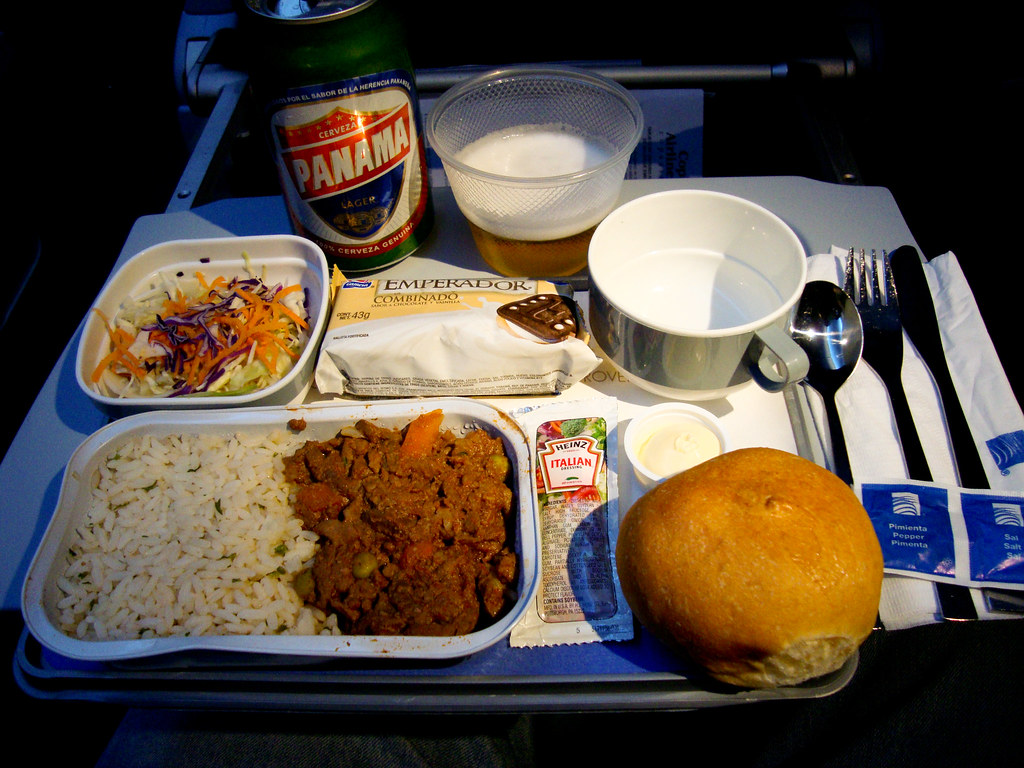You’ve probably blamed the airline for the food. Maybe you’ve assumed they use cheaper ingredients or skimp on preparation. But the real culprit behind airplane food’s notorious reputation has nothing to do with what’s on your plate—and everything to do with what’s happening to your body at 35,000 feet.
Your Taste Buds Are Under Attack
The moment you step aboard an aircraft, your senses begin a subtle but dramatic transformation. It’s not just in your head—science has proven that flying literally changes how you taste food.
Research shows that under the dry and low air pressure conditions of airplane cabins, your taste buds’ sensitivity to sweet and salty foods drops by 30%. Imagine if someone suddenly turned down the volume on your favorite song to 70%—that’s essentially what’s happening to your sense of taste.
The Triple Threat: Pressure, Humidity, and Noise
Low Air Pressure: Living on a Mountain
Even inside a pressurized cabin, the environment is equivalent to standing on top of a 2,500-meter mountain. Airplane cabins are pressurized to about 8,000 feet when at cruising altitude, with pressure at about 75% of sea level. This reduced pressure doesn’t just affect your ears—it fundamentally alters how your taste receptors function.
Desert-Dry Air
Cabin humidity drops to about 12% even before the plane takes off, and at 30,000 feet, humidity levels are so low that it’s drier than most deserts inside the aircraft. Your nose and mouth, which play crucial roles in tasting, become parched. When your nasal passages dry out, your sense of smell—responsible for up to 80% of what we perceive as taste—becomes severely compromised.
The Noise Factor: An Unexpected Saboteur
Here’s where it gets really interesting. Research has revealed that loud noise can suppress the perception of certain basic tastes, specifically reducing sweetness and saltiness while actually enhancing umami (savory) flavors.
Studies using actual airplane cabin noise recordings found that the racket dulls sweet tastes but makes umami more intense. This explains why tomato juice—rich in umami—becomes mysteriously appealing at altitude, even if you’d never order it on the ground.
Airlines Fight Back with Science
Understanding these challenges, airlines have developed sophisticated countermeasures. Airlines often add extra salt and sugar to in-flight meals and beverages to compensate for the reduced taste sensitivity. It’s not that they’re making food saltier out of carelessness—they’re literally trying to reach your dulled taste buds.
Some airlines go even further, working with food scientists to develop recipes specifically designed for high-altitude consumption. Lufthansa even commissioned a major study to understand exactly how flying affects taste perception.

Your Brain on Altitude
Recent neuroscience research using brain imaging has shown that airplane cabin noise disrupts the visual perception and attentional processing of in-flight food stimuli, impacting how the brain integrates sensory information. Your brain isn’t just receiving weaker taste signals—it’s also processing food information differently.
The higher altitude and lower air pressure can decrease blood oxygen levels, potentially affecting brain function and further altering taste perception.
The Umami Exception
While most tastes suffer at altitude, there’s one winner: umami. Research shows that loud noise causes sweetness to be suppressed and savoriness to be enhanced. This savory taste—found in foods like mushrooms, aged cheeses, and yes, tomato juice—actually becomes more pronounced during flight.
This discovery has led some airlines to redesign their menus around umami-rich foods, creating dishes that actually taste better in the air than on the ground.
What You Can Do
Understanding the science behind airplane food can help you make better choices:
- Embrace tomato juice: There’s a reason it’s so popular on flights—it genuinely tastes better up there
- Choose umami-rich foods: Mushroom dishes, aged cheeses, and savory broths will taste more pronounced
- Stay hydrated: Help combat the dry air by drinking plenty of water
- Bring strong flavors: If you’re packing snacks, opt for boldly seasoned items
The Bottom Line
The next time airplane food disappoints you, remember it’s not entirely the airline’s fault. Your body is working against a perfect storm of environmental factors that would make even the finest restaurant meal taste bland. The real marvel isn’t that airplane food tastes bad—it’s that airlines manage to make it taste like anything at all.
In the end, that terrible airplane meal isn’t a failure of the kitchen. It’s a triumph of human ingenuity, fighting against physics itself to deliver flavor at 35,000 feet. And sometimes, when they get the science just right, it actually works.
Want more aviation insights like this? Subscribe to our blog or follow us on Instagram @eazypilotindia for weekly content on flight training, career tips, and aviation news.